Latest

Scientists discover a new class of antibiotics
A bacterium found in a backyard could offer new hope in the fight against antibiotic resistance.

New material emitting spinning light could revolutionize optics and computing
“We’ve essentially reworked the standard recipe for making organic light emitting diodes, like those found in smartphones.”
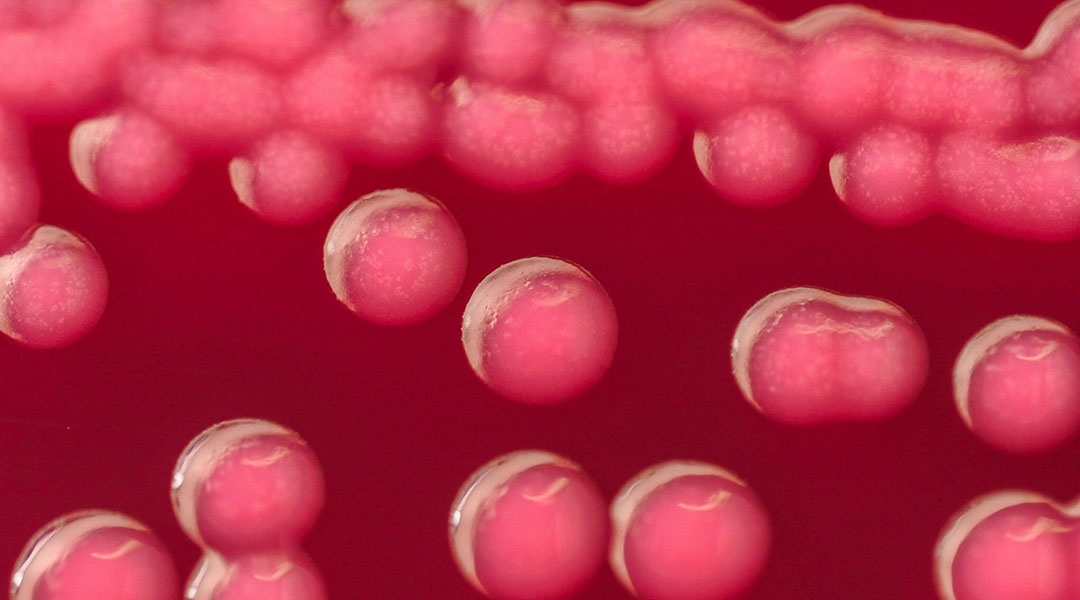
Common bacteria could be used to produce biodegradable bioplastics
Engineered Escherichia coli bacteria could be used to make sustainable biobased plastics.
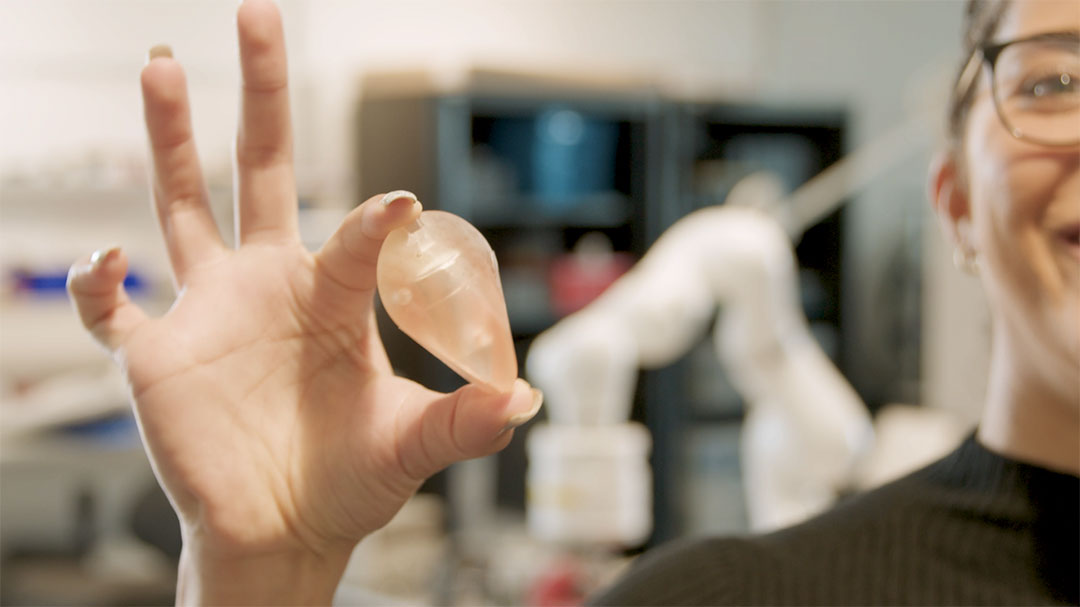
Tiny robots take 3D scans from inside the gut to diagnose cancer
A robot with a unique shape could make it possible to perform ultrasound scans deep within the gut, helping doctors diagnose colorectal cancer.
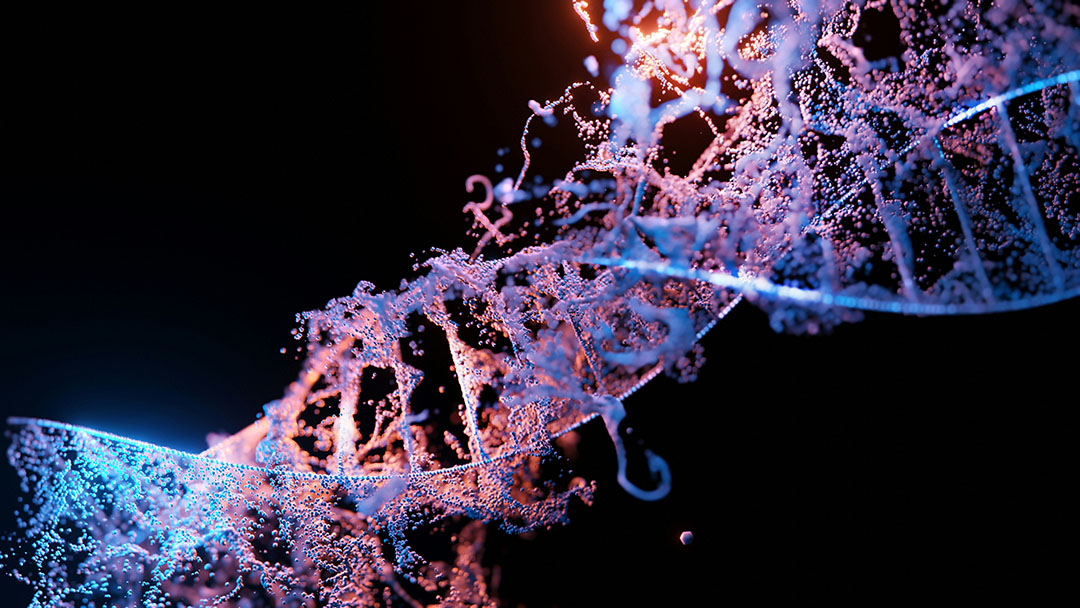
Ultra-sensitive CRISPR test detects pathogens in minutes—No lab needed
Scientists have developed a CRISPR-based diagnostic that detects pathogens in blood with million-fold greater sensitivity—without the need for DNA amplification.
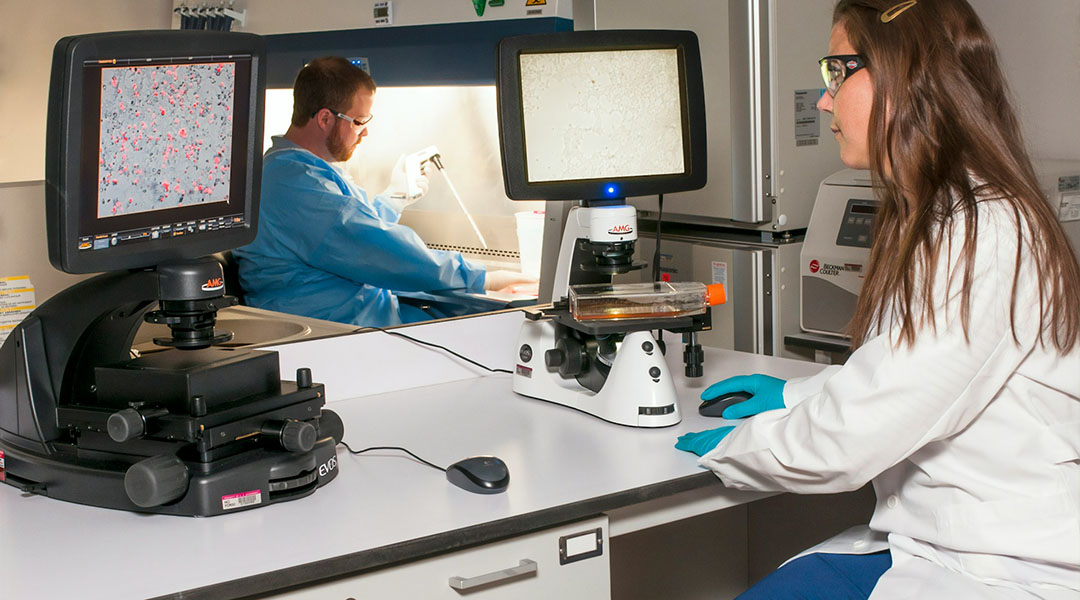
New potential nanocarrier cancer vaccine could rescue immune response against melanoma
A new nanocarrier-based cancer vaccine used for the treatment of an aggressive and lethal form of skin cancer has been tested on mice, showing promising results.
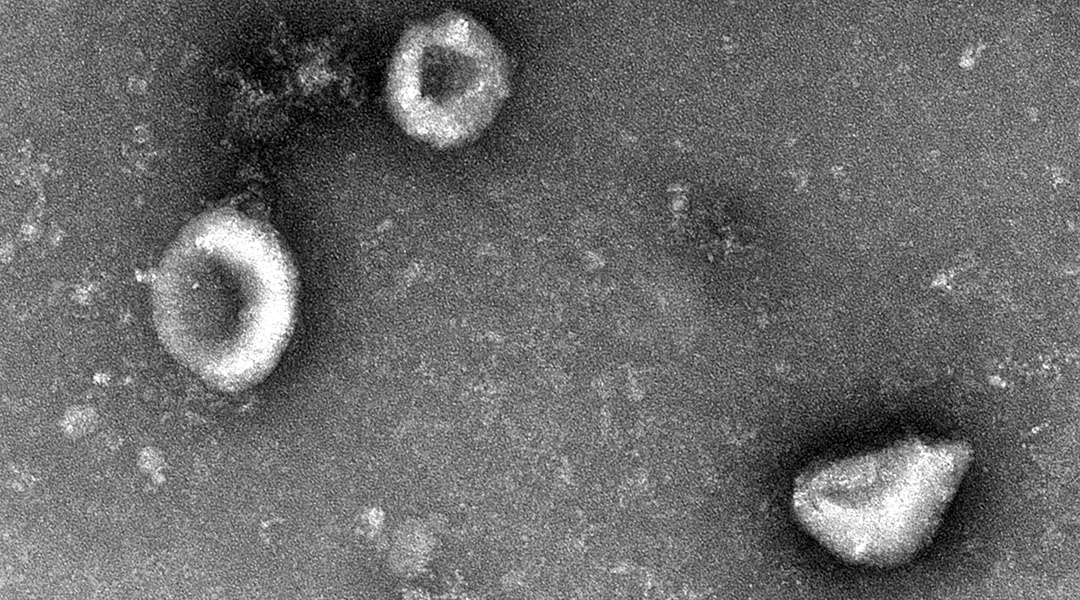
Smart nanoparticles shut down cancer’s energy supply to stop it from spreading
A nanoparticle targets mitochondria in cancer cells, offering a promising new strategy to tackle chemotherapy resistance tumor spread.
ASN Weekly
Sign up for our weekly newsletter and receive the latest science news directly to your inbox.

Solar concentrators are turning glass into clean energy generators
Transparent solar concentrators capture the Sun’s energy, making windows and building facades more energy-efficient and sustainable.
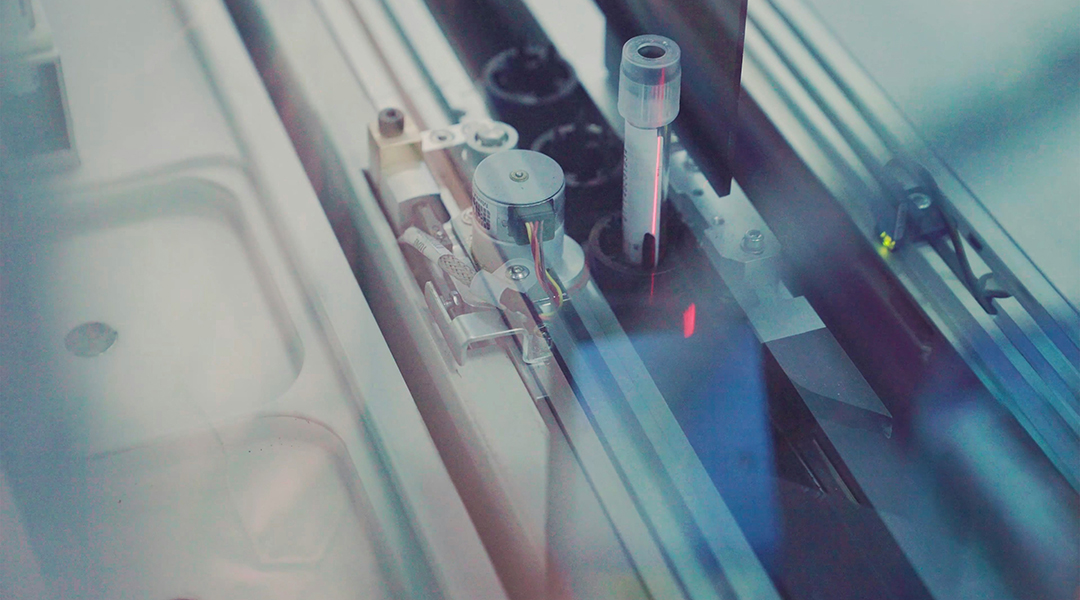
How do we balance the risks and rewards of using AI in the lab?
AI might be fast and efficient, but scientists still don’t know whether integrating it with cloud-based labs will be worth the rewards.
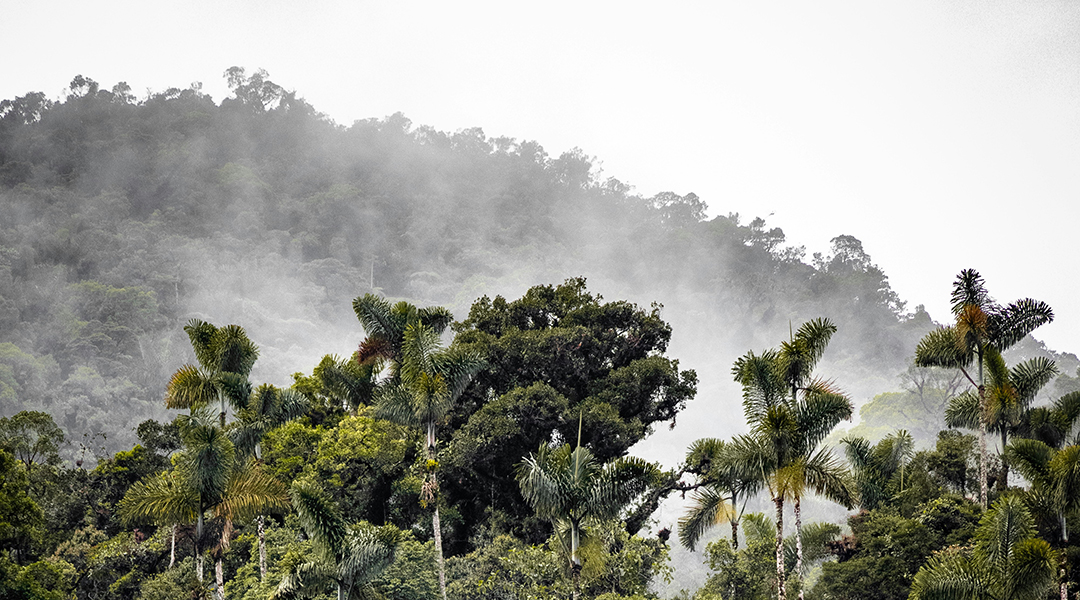
Scientists identify the driver behind a mysterious particle cloud over the Amazon
A molecule emitted by rainforest plants plays a key role in forming mysterious aerosol particles in the region’s upper troposphere.
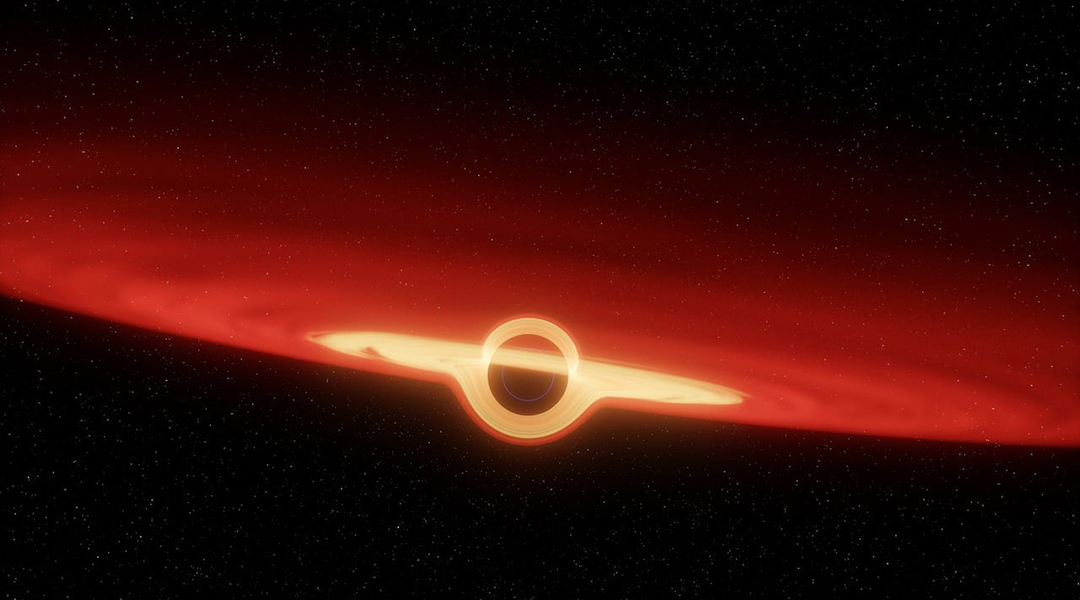
Hollow planets could help find primordial black holes
Small primordial black holes could have consumed the interiors of planets or asteroids, leaving their outer shells intact.
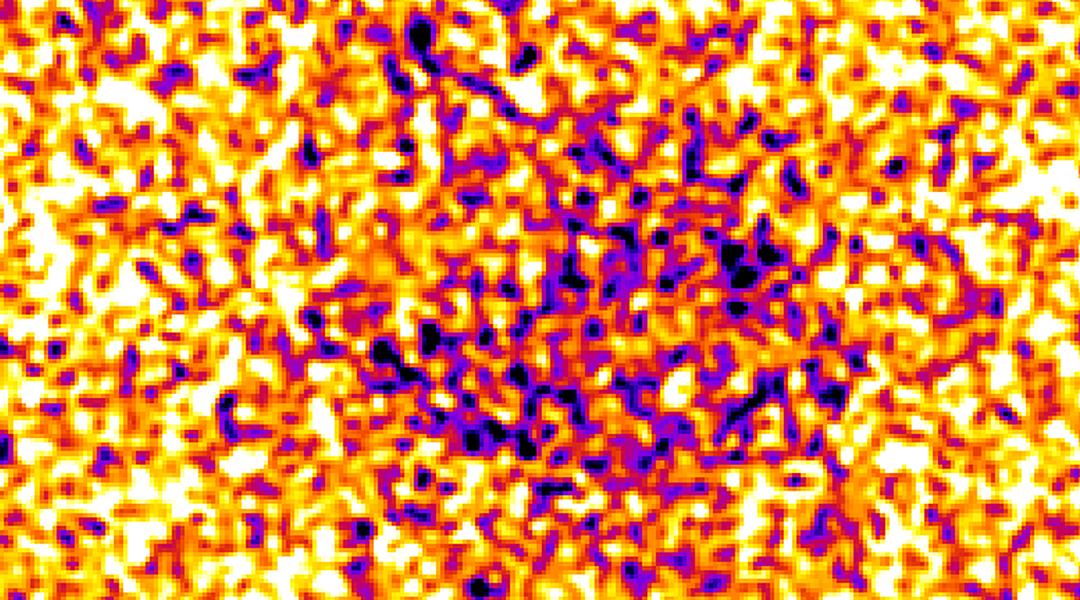
Live imaging of nanoscale biological processes achieved for the first time
Scientists have built a microscope capable of live imaging of biological processes in such detail that moving protein complexes are visible.

Quantum communication could be integrated into existing fiber optic networks, new study shows
Quantum communication doesn’t necessarily need to be delayed; it might be possible to integrate it into existing fiber optic networks.
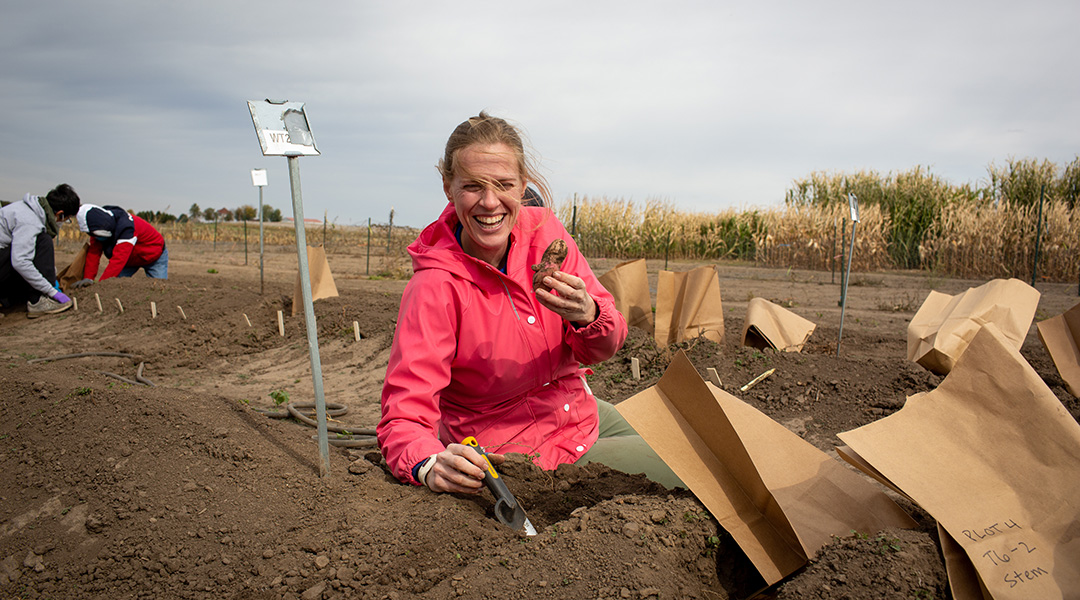
Future-proofing potato crops to resist heat waves
Crops that can withstand rising temperatures could increase global food security amidst the rising threat of climate change.
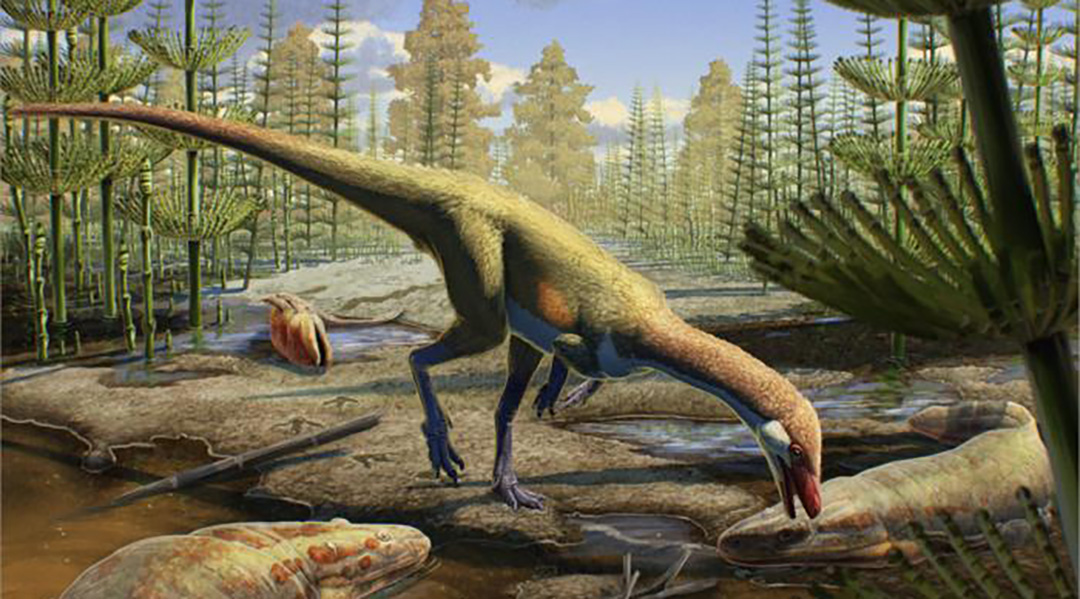
New species shows dinosaurs were early risers in the Northern Hemisphere
The oldest North American dinosaur fossils ever found reveal dinosaurs ruled the northern hemisphere earlier than scientists believed.
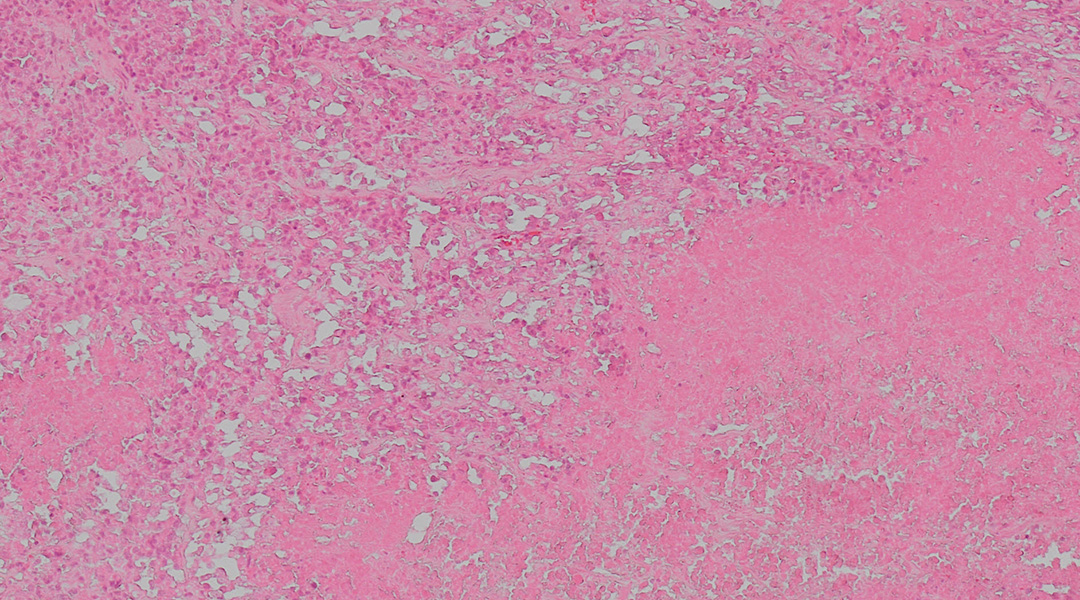
Potential new drug defeats resistant pancreatic cancer in mice
Researchers developed a laser-activated drug that targets and destroys chemotherapy-resistant pancreatic cancer cells in mice.
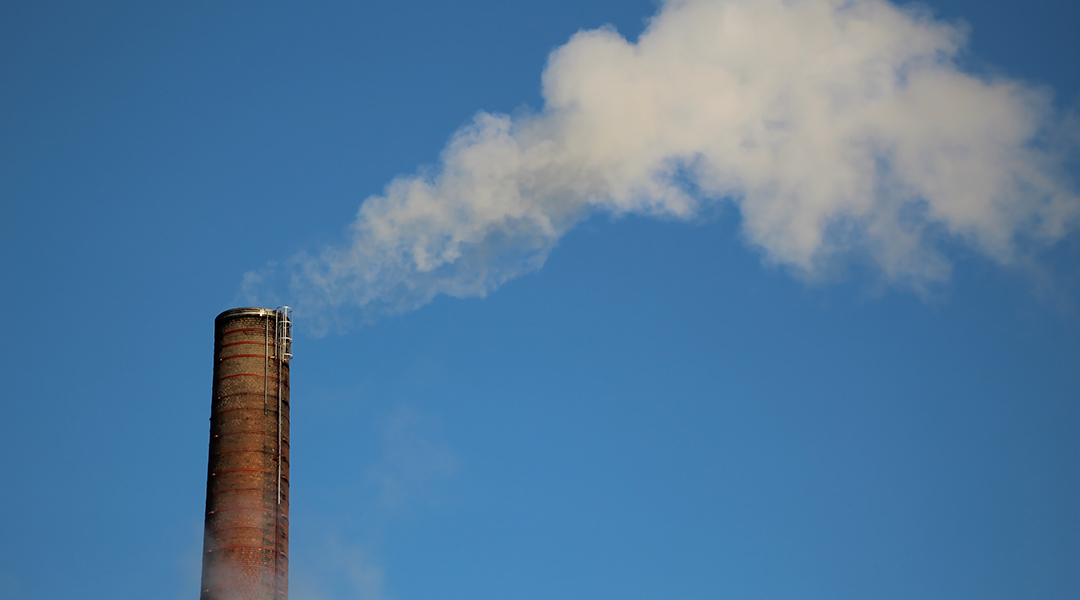
Are carbon credits actually in line with climate mitigation efforts
Carbon credits are used by companies and corporations to offset greenhouse gas emissions, but are they simply an aid for greenwashing?
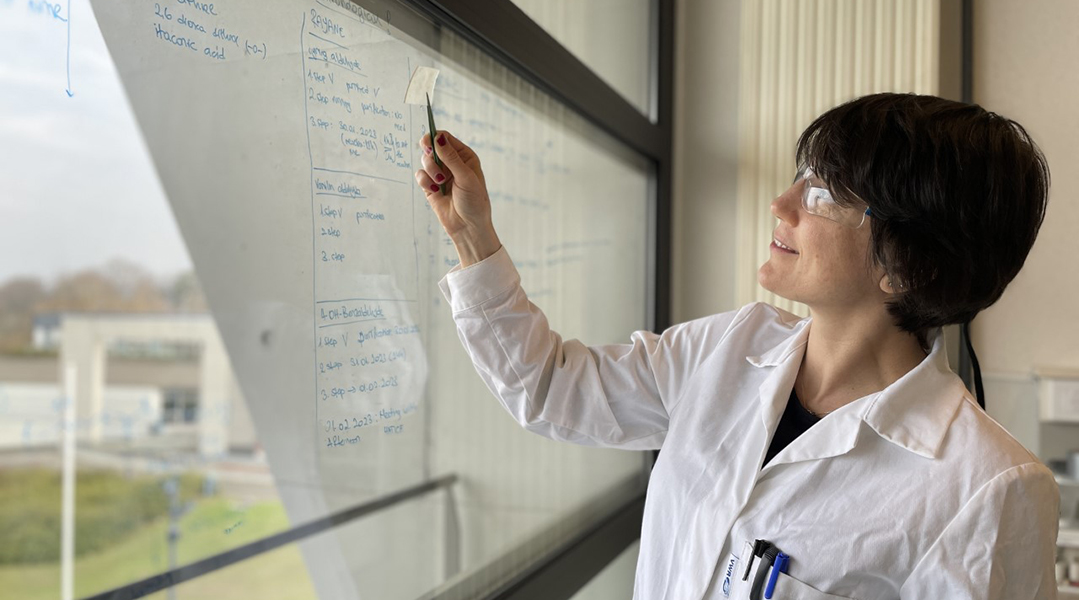
Hatice Mutlu: Circular chemistry through degradable, metamorphosing polymers
Chemist Hatice Mutlu applies zero-waste methods to create biodegradable polymers that can be used perpetually.
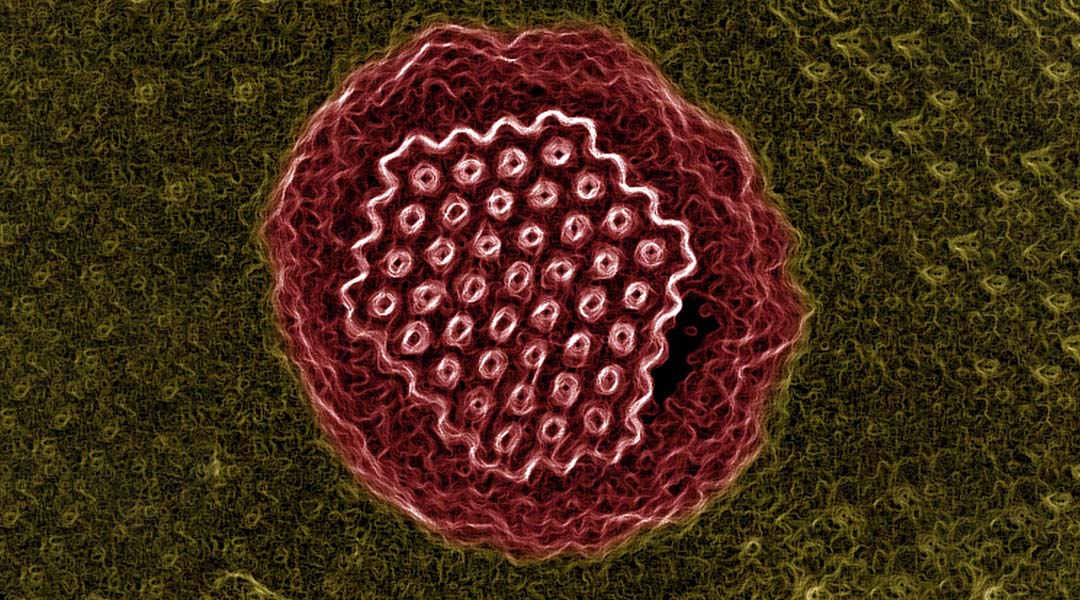
Bringing ancient viruses back to life
How seven ancient viruses ranging in age from 27,000 to 48,500 years were recovered from the Siberian permafrost, and what researchers hope to learn from them.
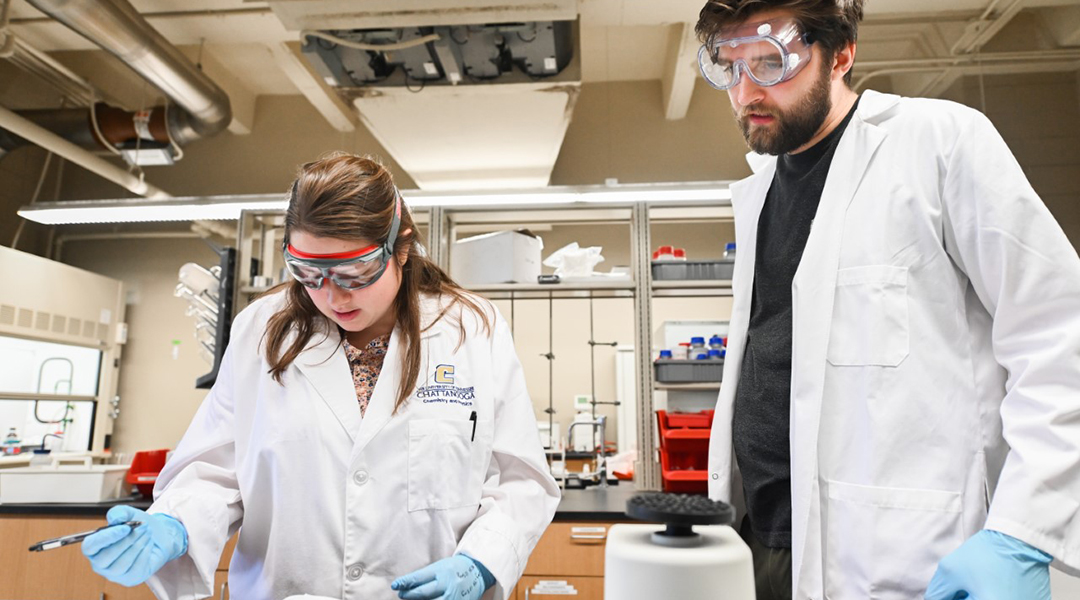
Meredith Barbee: Support your students, let them know you care about them
Meredith Barbee puts her students at the center, fostering critical thinking, independence, and skills for any career they might choose.

André Isaacs: “Be okay with making mistakes”
Through teamwork and respect, Isaacs is forming lasting relationships with his students and building a community around dance.
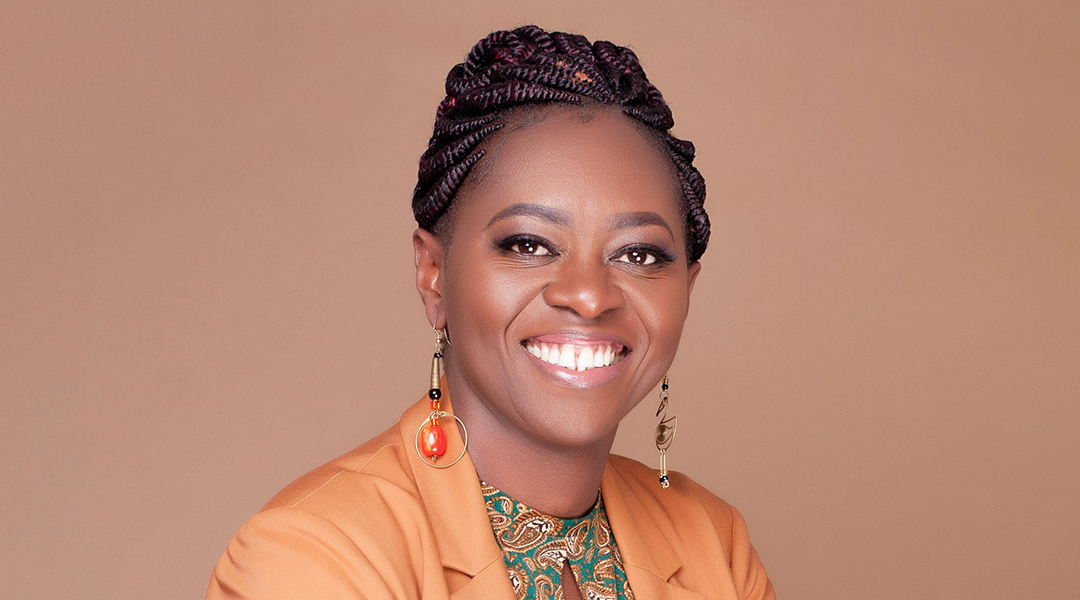
Faith Osier: “Throw yourself wholeheartedly into what you do”
With research groups spread over two continents, Osier is striving to eliminate malaria through her groundbreaking work in immunology, advocacy and awareness.
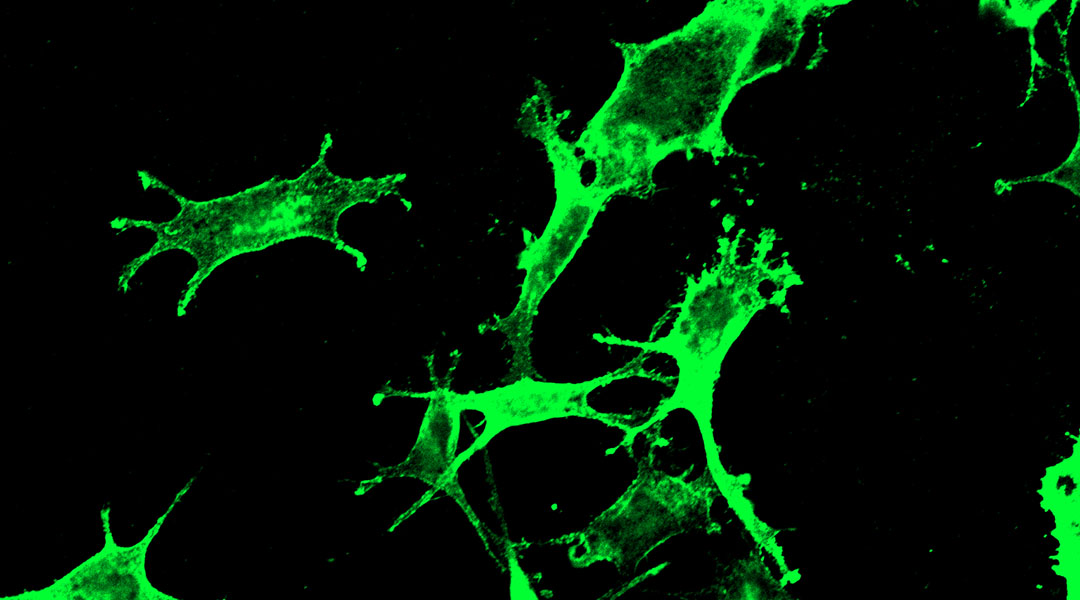
New cancer vaccine uses SARS-CoV-2 marker to harness immunity against tumors
SARS-CoV-2 marker used to trigger the immune system against cancer, showing promise in shrinking tumors and improving survival in mice.
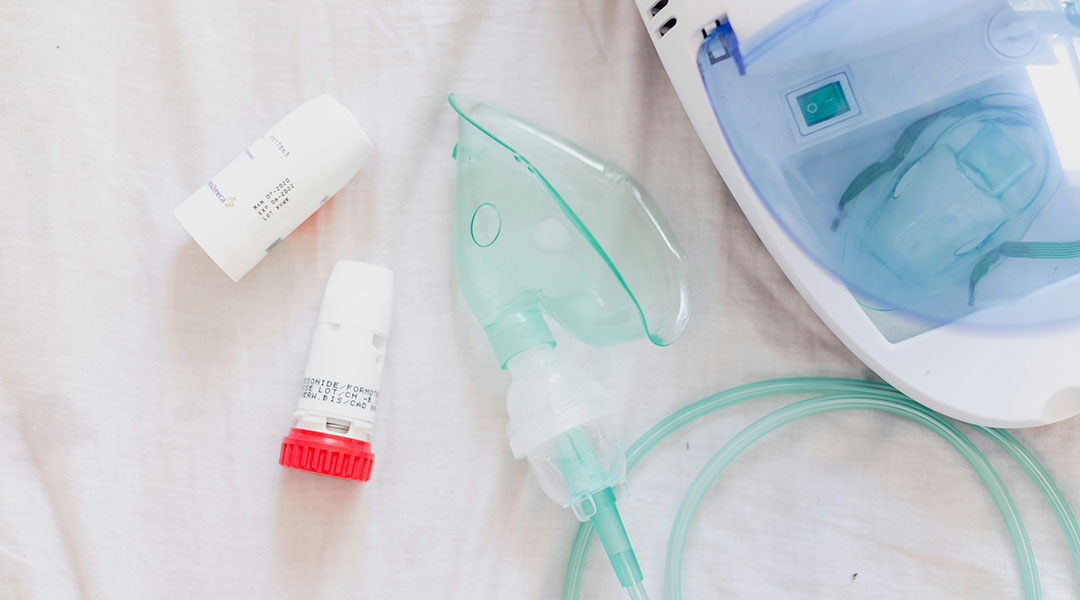
An mRNA vaccine for asthma shows promise in mice
Based on the same mRNA vaccine against COVID-19, a new prototype has shown potential to treat asthma, a condition with no known cure.
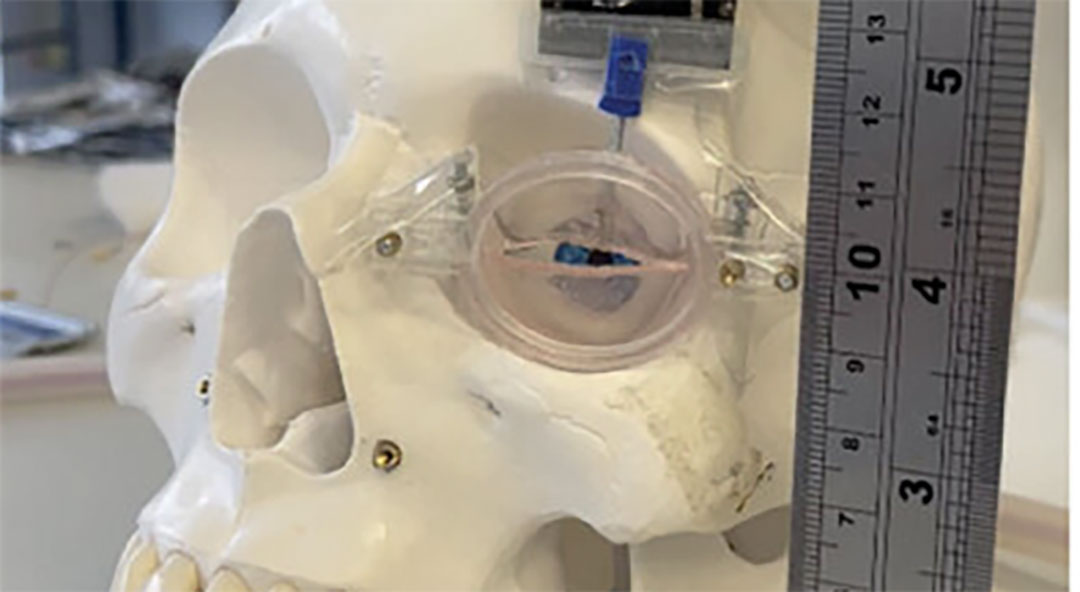
Artificial muscle could help facial paralysis sufferers blink again
A soft implant could avoid multiple surgeries and long waiting times while improving the living conditions of facial paralysis sufferers.
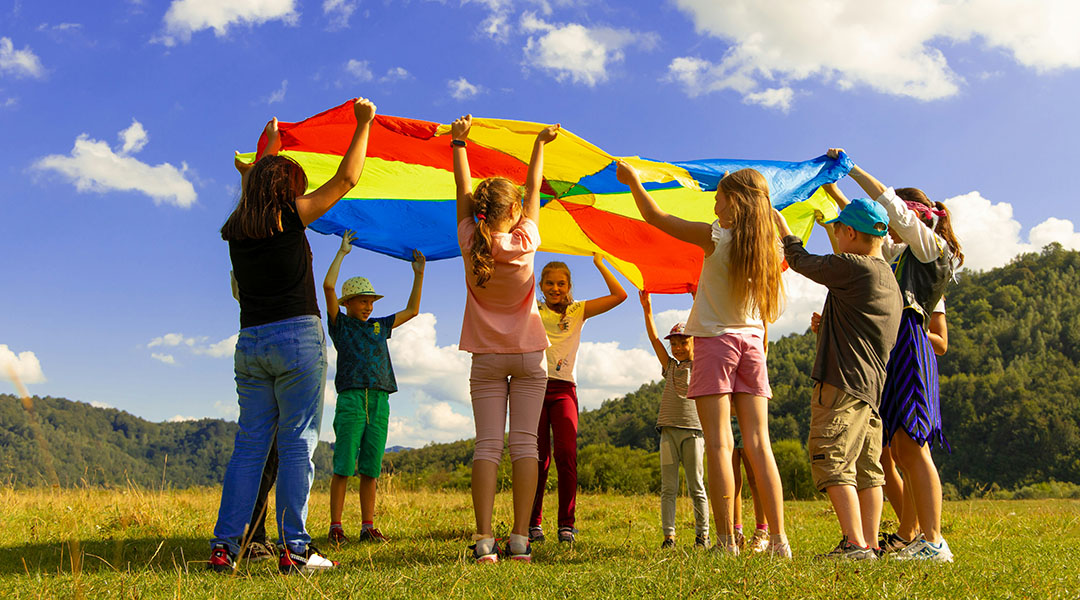
Speaking multiple languages may benefit children with autism
Study finds that speaking multiple languages may improve executive functioning and reduce autism symptoms in children.
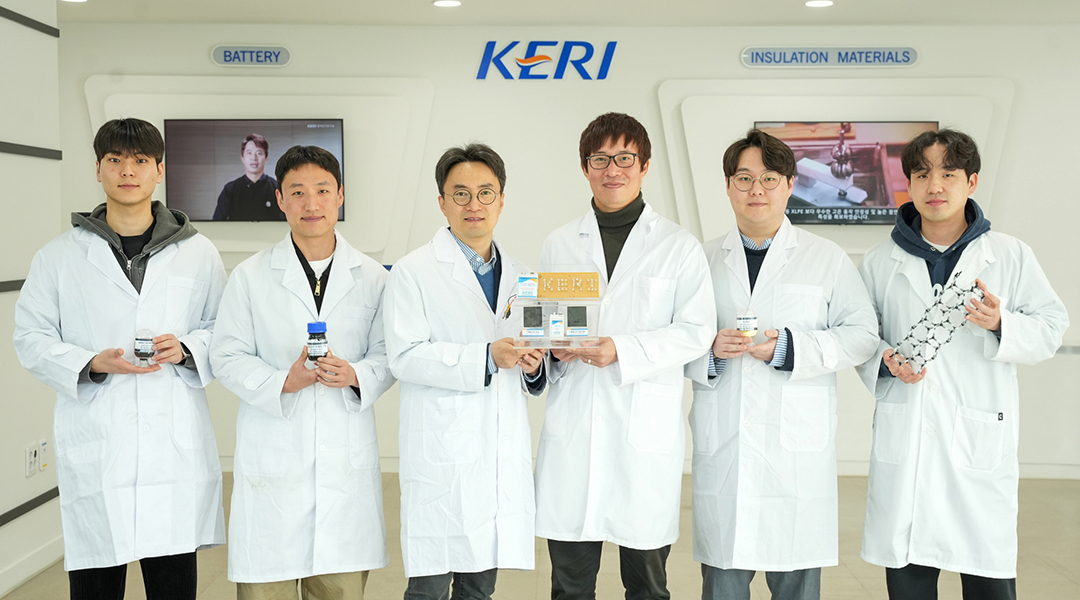
New lithium-sulfur battery design boosts lifespan and flexibility
A new battery design could overcome obstacles to making batteries with more energy storage capacity and a lower environmental footprint.

Scientists observe predator-prey dynamics in a quantum system
Scientists find predator-prey-like interactions in spinning particles, challenging physics and opening doors for quantum tech.
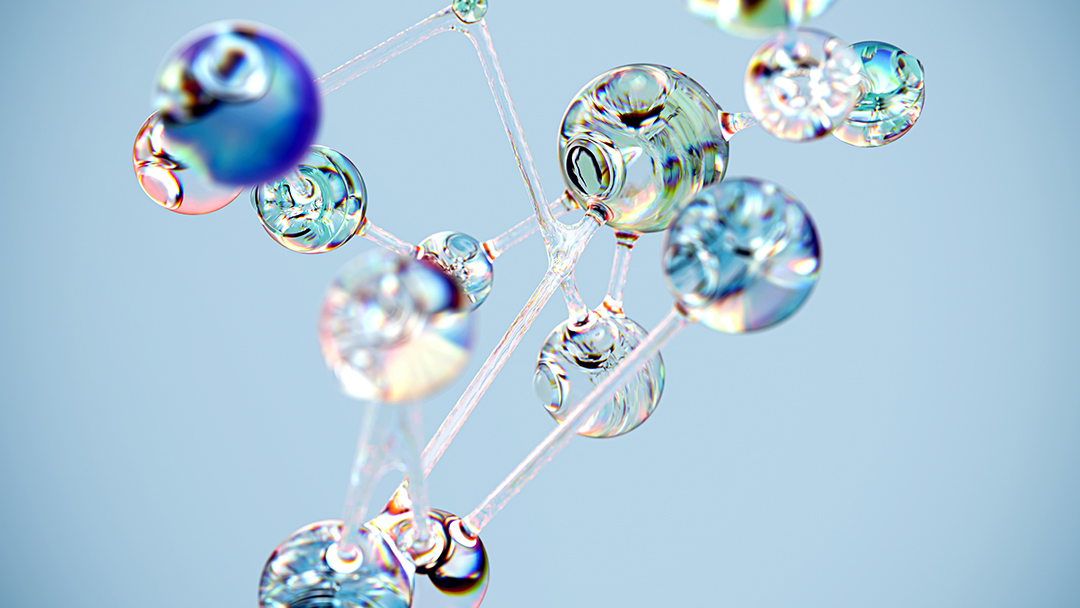
Computer system helps scientists understand how cancer could be reversed
BENEIN is a computer network that can identify the master regulators that cause normal cells to go cancerous.

Securing data with bright entangled photons
Secure data sharing methods using quantum key distribution via satellites promise advancements in long-distance quantum communication.
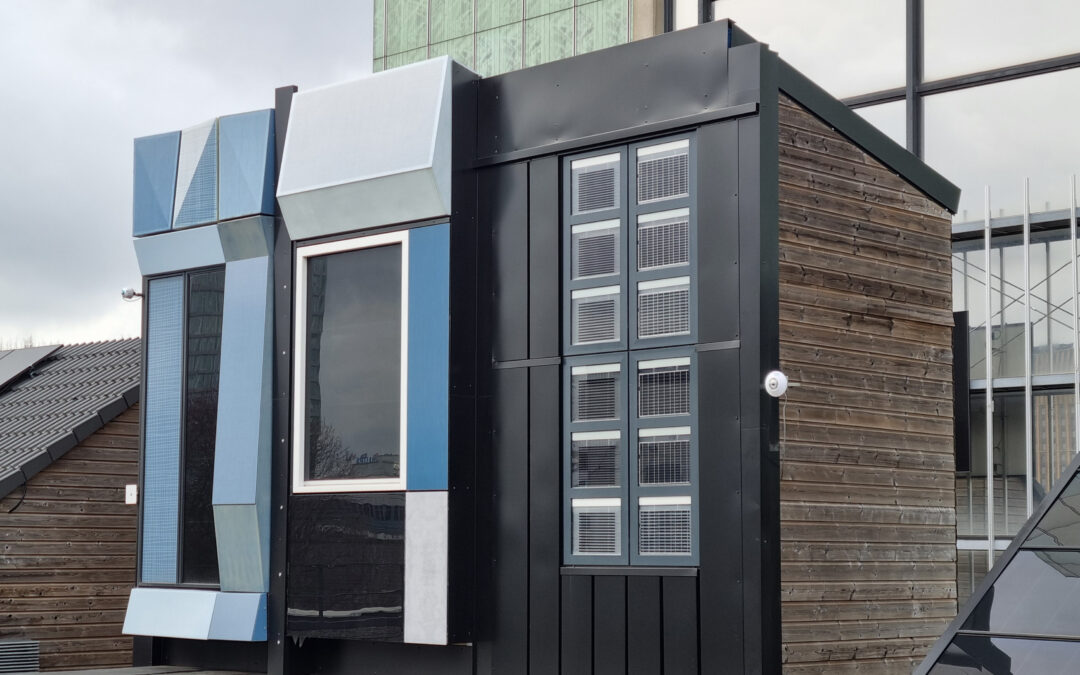
Solar windows with reflective blinds give buildings an energy boost
The innovative windows generate energy while shading building interiors from the sun, improving indoor comfort and energy efficiency.
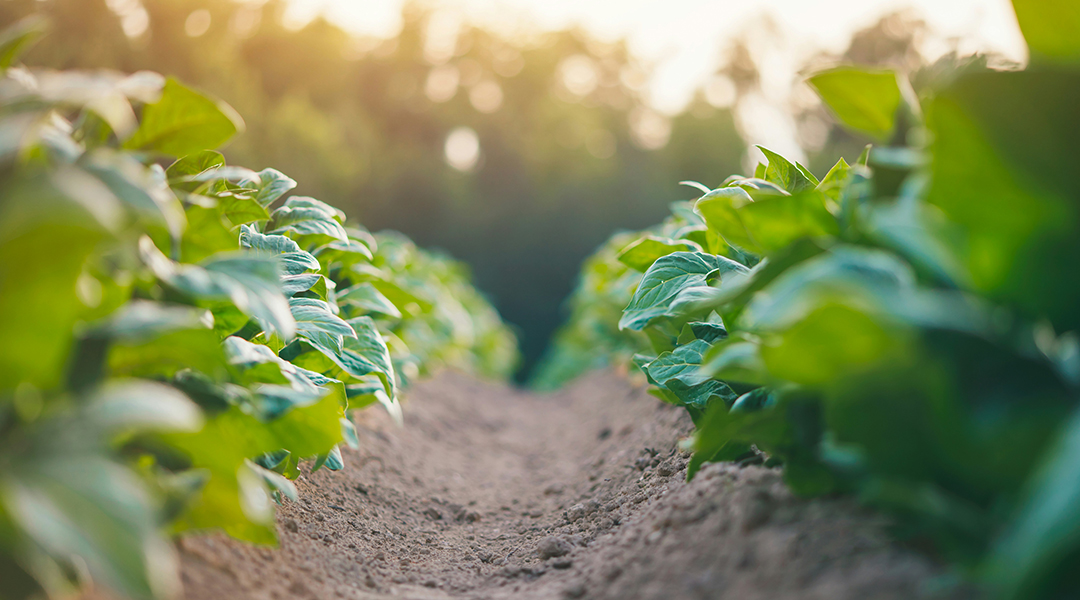
How underground fungi could make crops more nutritious—and attract bees
Scientists uncover the role of soil fungi in improving crop yields and balancing complex plant-pollinator interactions.
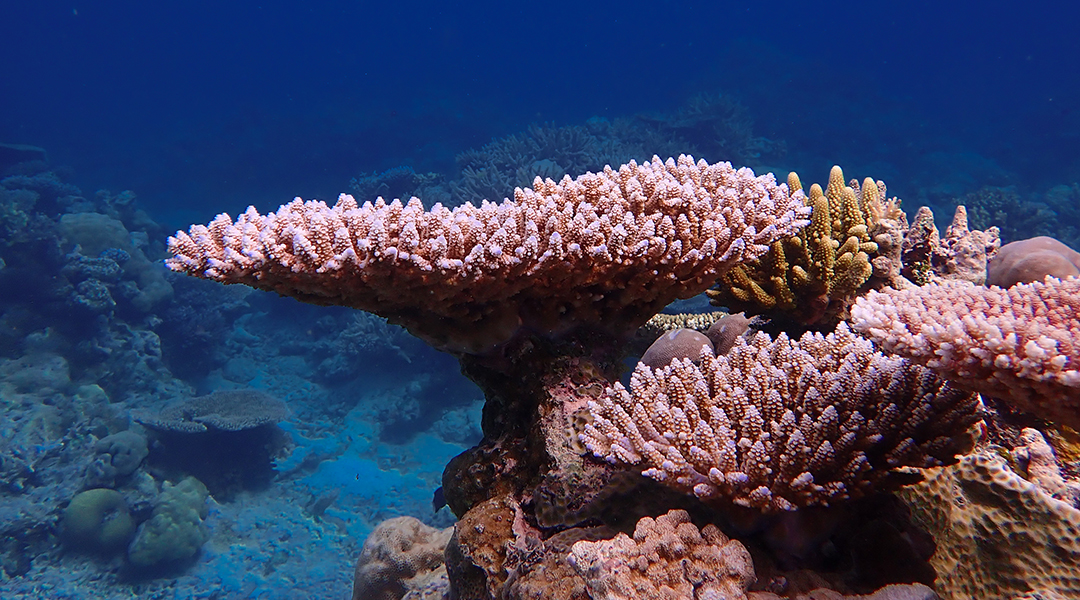
Can coral evolution keep pace with climate change?
Scientists explore how corals could adapt to climate change to survive, but stress that cutting emissions is crucial for their future.

Solar concentrators are turning glass into clean energy generators
Transparent solar concentrators capture the Sun’s energy, making windows and building facades more energy-efficient and sustainable.

Scientists observe predator-prey dynamics in a quantum system
Scientists find predator-prey-like interactions in spinning particles, challenging physics and opening doors for quantum tech.
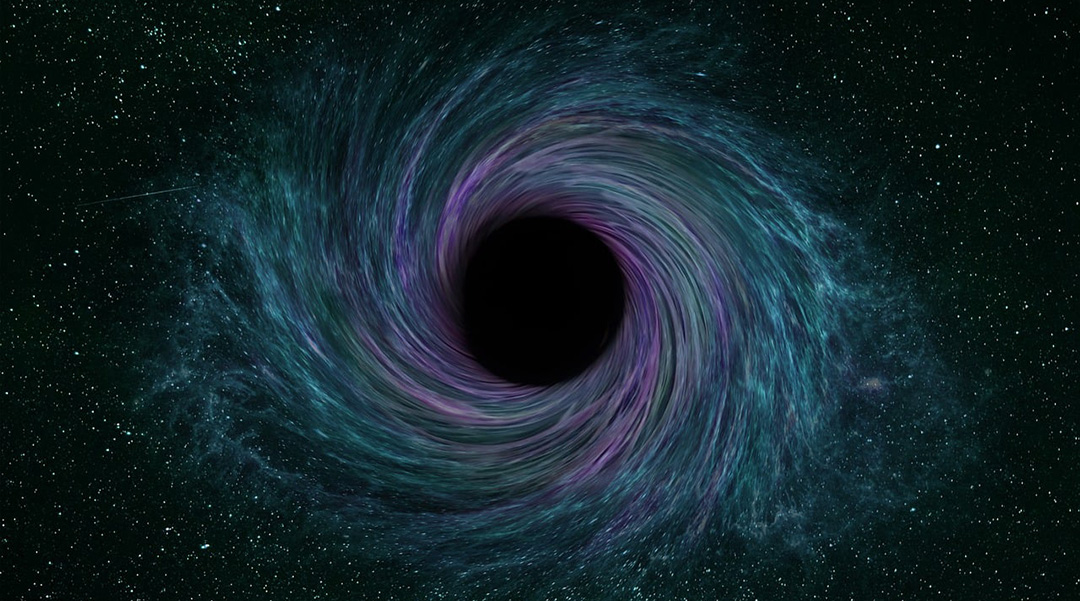
A theory of frozen stars challenges our understanding of black holes
Linking string theory with observations, frozen stars shed new light on black holes and the clash between quantum mechanics and relativity.
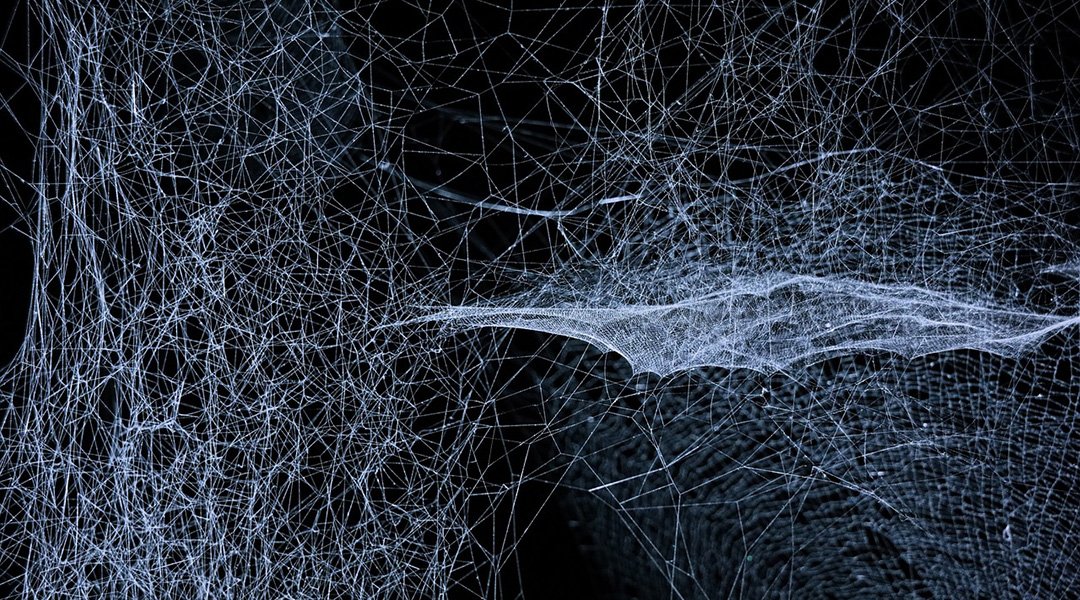
A “dark dimension” could help explain the origin of dark energy
Scientists propose that mysterious dark energy could be understood if we look at the Universe through the lens of string theory.
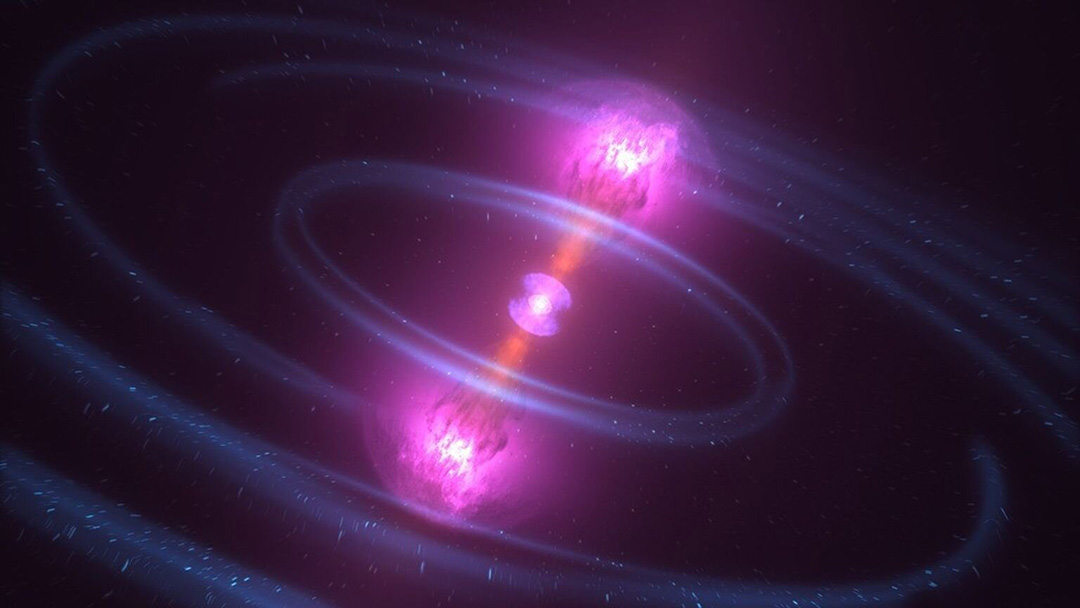
The secrets of a “rejuvenated” star revealed through its chemical fingerprint
Discover how the rare star HD 65907, a field blue straggler, formed from the merger of two stars.
